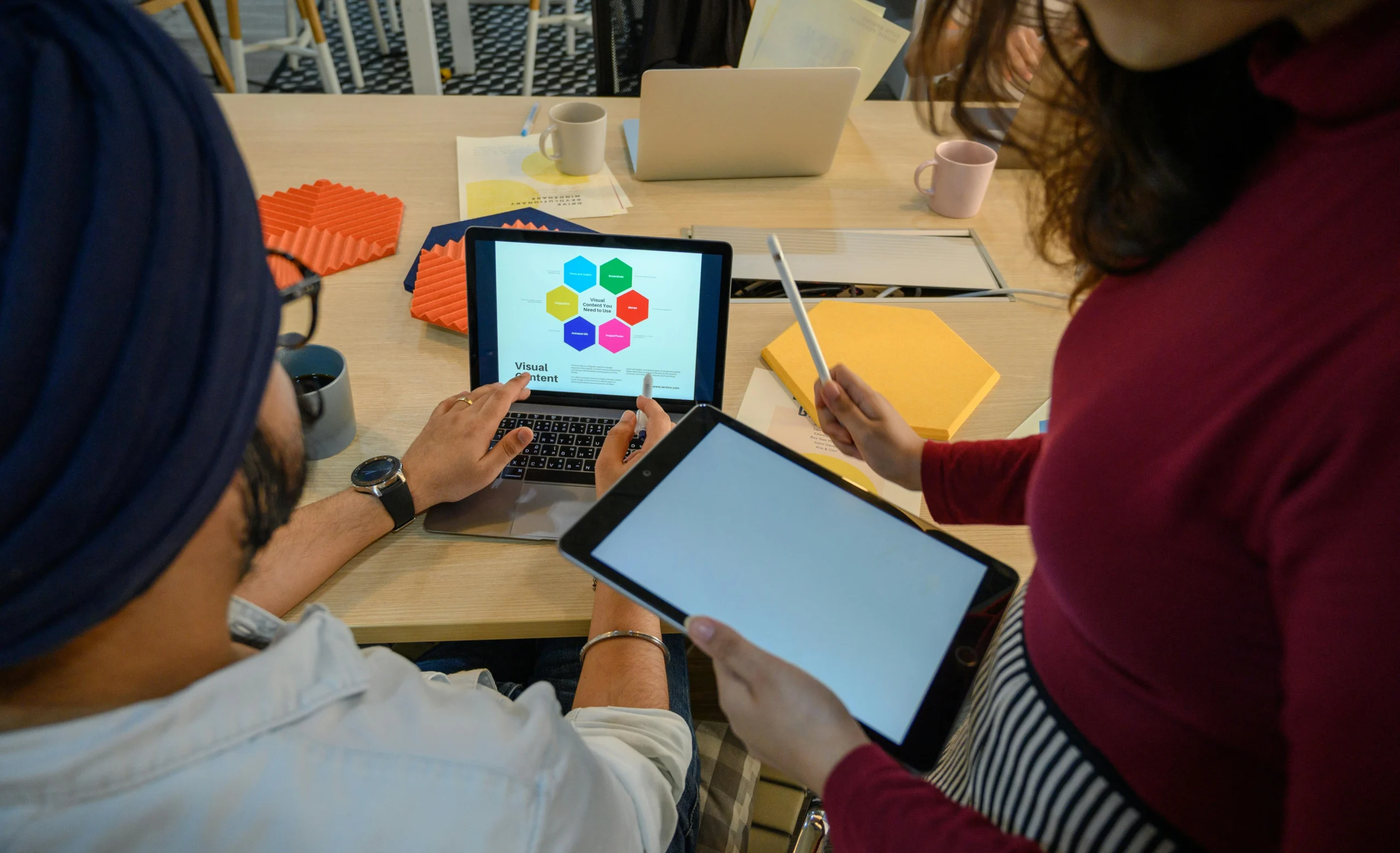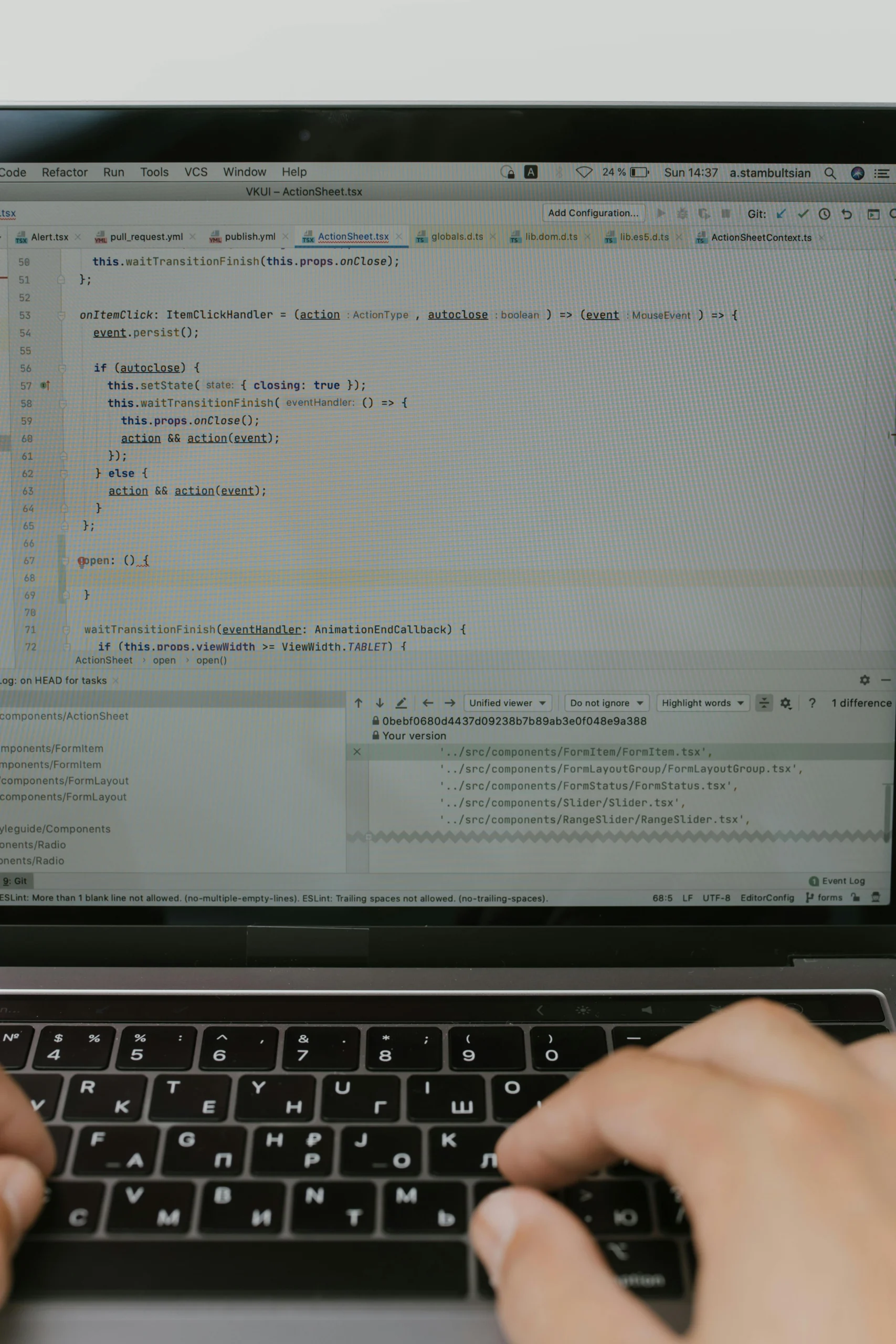Continual learning poses a significant challenge for artificial neural networks, particularly in the context of text-to-image diffusion models. The phenomenon known as catastrophic forgetting occurs when a model learns new tasks, leading to the erasure of previously acquired knowledge. This research explores Latent Replay, a method inspired by neuroscience, which aims to alleviate this issue by retaining compact features rather than exhaustive image collections. This approach not only conserves memory but also maintains essential information, proving advantageous in practice.
Experimental results indicate that the Latent Replay method substantially outperforms existing strategies, achieving an impressive 77.59% Image Alignment retention on the initial learned concept, thus highlighting its efficacy. Furthermore, the surprising performance of randomly selected latent examples over similarity-based selections offers valuable insights into effective learning mechanisms. This research indicates that such advancements could revolutionize the development of personalized text-to-image models, allowing for adaptability without incurring high computational expenses. The implications of these findings are profound, as they pave the way for more sustainable AI systems capable of evolving alongside user requirements.
👉 Pročitaj original: arXiv AI Papers








